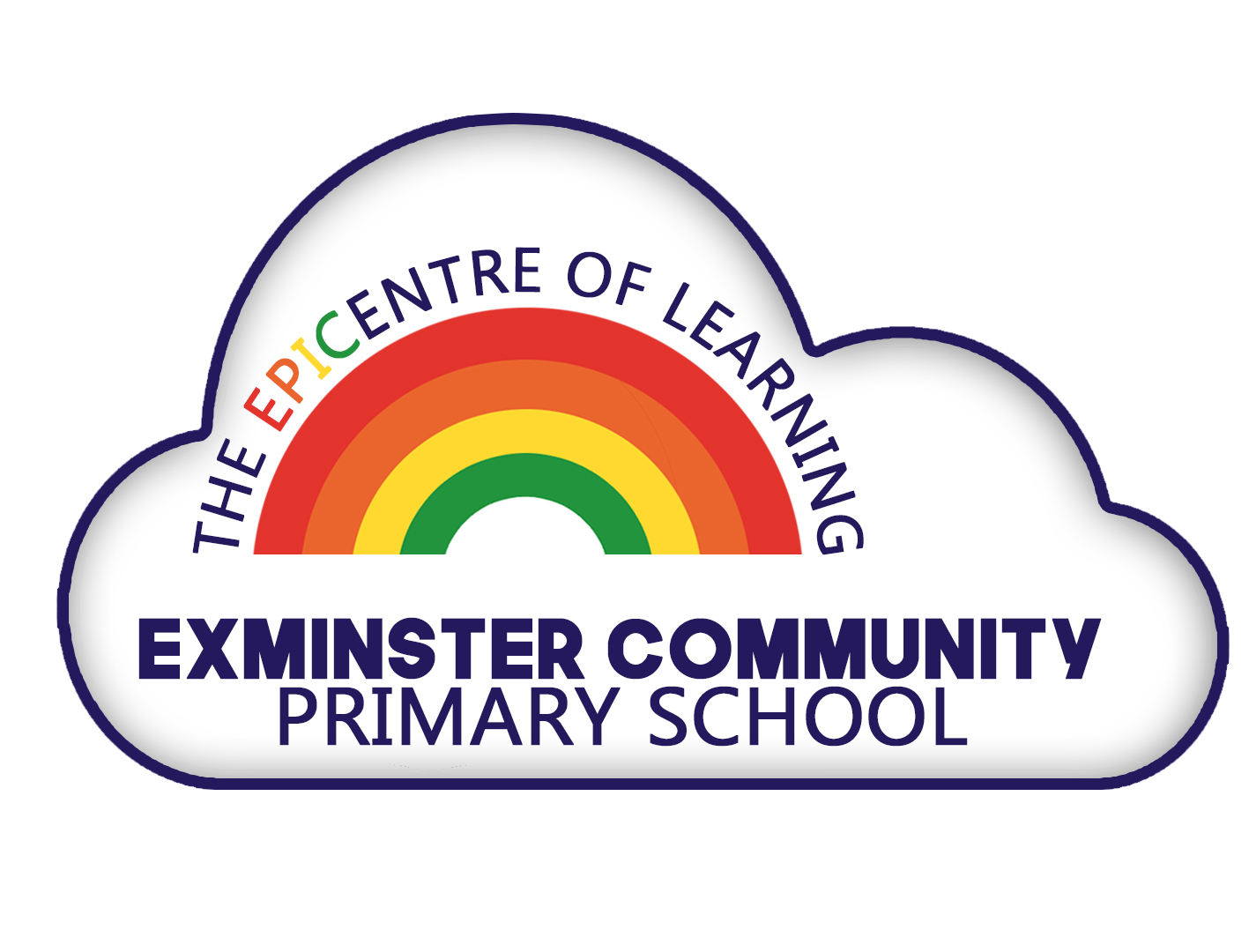What are number bonds?
Number bonds have been called, at various points in the recent past, addition and subtraction facts, facts families, number stories and doubtless other names too. Parents are often unfamiliar with the names which sometimes causes concern, but they are simply combinations of numbers that fit together.
What do children need to know?
Children must know the number bonds that make 10.
10 can be made up out of:
- 1 and 9
- 2 and 8
- 3 and 7
- 4 and 6
- 5 and 5
This video shows all the addition number bonds to 10:
These addition bonds to ten are naturally related to the subtraction bonds to 10 as seen in this video:
If your child has instant recall of each of these number bonds and all of the ways they can fit together, they’ll be well on the way to dealing with arithmetic confidently and quickly. Ideally, they’ll also know their number bonds to 4, 5, 6, 7, 8 and 9.
Once your child has mastered these, the number bonds for numbers up to 20 are also useful to know – immediately knowing that (for example) 17 is made up of 8 and 9 makes subtraction much less fraught and frees up their working memory for more complex procedures.
Number Bonds - the Part Whole Model
This video shows number bonds using the concept of "whole and parts".
Why are they important?
Knowing your number bonds fluently up to ten is one of the foundations to more complex arithmetic such as adding and subtracting with the ‘column methods’ and mental addition and subtraction to 100 and beyond.
They also help with addition and subtraction bridging 10. If you want to work out 16 – 8, for example, you can use the following thought process:
- 8 is made up of 6 and 2
- 16 – 6 is 10, that’s easy
- 10 is made of 8 and 2
- 10 – 2 is 8
- So 16 – 8 = 8
Next Steps
Now you understand exactly what number bonds (number fact families/number stories) are, and their importance as a bridge to more advanced maths skills, how well does your child know them?
How to support them in learning these facts
Dominoes: join to make a total e.g. make 6 so 2 and 4 join.
Pairs: Lay out the numbers 0 to your total number. Can you match pairs to that number e.g. cards 0-20 pairs would be 9 and 11.
Cards: Face cards are worth 10 and ace is 11 or 1 (adult decides). Half the pack. Each person turns over the first two card in their pile and calculates the sum of their two cards. The person with the highest total wins the cards. The person with the most cards at the end wins.
Shut the Box: A great game you can buy online for around £10. https://www.amazon.co.uk/Gibsons-Games-Shut-the-Box/dp/B00009R62G
Online Games:
Top Marks - https://www.topmarks.co.uk/maths-games/hit-the-button,
Snappy Maths - http://www.snappymaths.com/addition/make10/interactive/make10totc.htm
Math Playground - https://www.mathplayground.com/number_bonds_10.html
